Column
The Ups And Downs Of Binge Reading An Author
One New Year’s Day, weeks after defending my Ph.D. dissertation, I was listlessly browsing through the aisles of a Barnes & Noble bookstore in New York when I noticed a few customers standing around an unstable pyramid of discounted books piled onto a table at the entrance. Knowing that I would now have long periods of free time for reading, I quickly picked up three books for $10, choosing them more for their attractive covers rather than the literary credentials of the authors, all of whom were unknown to me.
I came across Maeve Binchy, the prolific Irish fiction writer, in that pile. Her novel, The Lilac Bus, served as an introduction to Irish society through the stories of an interesting cast of characters, people who shared a bus ride from Dublin to a small town every weekend. Each had their own secret story, hidden from the other passengers.
By finely weaving together these disparate strands into a cohesive tale, Binchy kept me spellbound for two days. Unwilling to accept that the story had ended, on the third day, I went to the library and brought home many of her other novels and short story collections. The intent was to simply immerse myself in the lives of people in a country famous for its emerald countryside and lively bars. I could not have known the impact this marathon reading session would have on me, both as a reader, and later, as a writer.
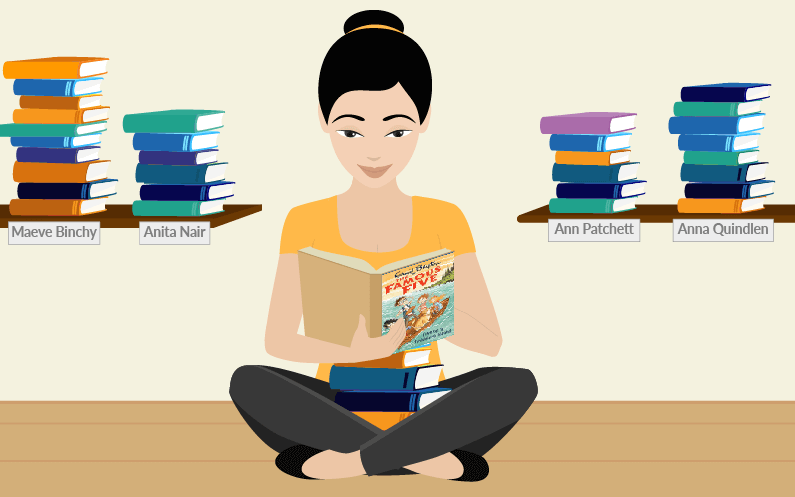
Origins Of A Serial Reader
Even as a I reminisce about this period of my life as a time dedicated to binge reading, I know, without a doubt, that such episodes began much earlier. Notwithstanding Amar Chitra Katha and Tinkle comics, I developed a love for stories through Enid Blyton’s children’s books, a habit that has lasted for years, like a difficult-to-quit addiction.
Beginning with the Famous Five and Secret Seven books, which could be read in any order, I moved on to reading the Malory Towers and St. Claire’s series, books that made sense when read in sequence. In case of a missing book in the series, my friends and I desperately scoured second-hand bookstores and followed leads to the homes of friends-of-friends for a chance to get our hands on the elusive book. There was an urgency to read every book and vicariously live through the adventures of Darrell Rivers or the O’Sullivan twins at a British boarding school – girls of my age whose lives diverged greatly from my boring middle-class existence in Bombay.
When I step into bookstores to find shelves filled with young adult series, or read about authors who have signed multi-book deals, it is not hard to figure out why publishing houses favour this trend. From the Harry Potter set to the Shiva trilogy, books within a series follow a character’s trajectory by expanding one successful story forwards and backwards, to ensure readers come back for more. It is an interesting creative enterprise as well as a smart marketing technique because the author has already created a fan base that willingly laps up subsequent books.
While book series have merit and my full support, today, I find reading multiple books by the same author to be more exciting.
After the initial experience with Binchy’s books, I found myself binge reading several other authors after being smitten by their first book. That was how I discovered Pulitzer prize-winner Anna Quindlen’s novels, books by New York Times best-selling author and independent bookstore-owner Ann Patchett, Anita Nair’s novels and Shashi Deshpande’s stories.
For every fictional protagonist, each author has created a brand-new world populated by unique characters with unusual but familiar quirks and fascinating back stories. Through each story, I learnt about the place where the story unfolded, the era in which it occurred, and the people who made the choices that advanced the narrative.
Joys Of Binge Reading
My journey into the worlds created by these authors always began with a single book, an act akin to following a trail of breadcrumbs that led, unsurprisingly, to their other books. While each book was offered as a standalone read by the author, binge reading offered easy insights into the pet peeves and repeat tropes that an author favoured.
Even with a superficial reading of Blyton’s books, it was easy to see that she repeatedly chose to write about odd-numbered groups of children, usually with a dog, who lived in picturesque towns that provided simple mysteries for the children to solve during the course of a summer.
Binchy’s books focussed exclusively on Irish life, both in Dublin and its surroundings, with characters whose lives were limited by their impoverished backgrounds, sometimes mired in superstition, and often influenced by the church. Whether a nurse or a chef, many of Binchy’s female protagonists faced the wrath of a drunken husband or father, or belonged to large families with members who had moved out in search of a better life. She addressed issues such as alcoholism, infidelity and abortion, despite the sensitivity of these topics in Ireland.
Anna Quindlen’s heroines, although from outwardly stable environments, always faced a tough choice, like Ellen Gulden in One True Thing or Meghan Fitzmaurice in Rise And Shine; choices that involved starting over in a new place. It would have been difficult to see the similarities in these dissimilar stories had I not binge read them.
Patchett’s protagonists were always unique, like Sabine in The Magician’s Assistant or Rose in The Patron Saint Of Liars. But what impressed me most about Patchett’s novels was the extensive research required to make novels such as Bel Canto, set in an unnamed South American country, or State Of Wonder, which has the backdrop of the Amazon rainforest and indigenous tribes, authentic.
Similarly, as a teenager, I was impressed by Arthur Hailey, another prolific author, who wrote heavy tomes like Airport and Hotel, that described the daily lives of his characters in great detail. In fact, it was through Celia Jordan, the female protagonist of Hailey’s Strong Medicine, that I learned about the workings of the pharmaceutical industry, well before I decide to join the profession.
Ups And Downs Of An Exclusive Reading Relationship
In her book of essays, The Faraway Nearby, Rebecca Solnit says, ‘A book is a heart that beats in the chest of another.’ Deep and sustained reading lets me listen to the rhythm of the book and the heartbeat of its author. It can be as exciting as stepping into a new relationship.
The downside of such an exclusive reading relationship is the same as any other all-encompassing one – you edge out new streams of thoughts and new influences since you are afraid of diluting the devotion. I must have missed many books by other new and established writers during the phase when I was in an exclusive reading relationship with a particular author.
And, of course, there is that moment of disenchantment when your current favourite author ventures into territory that you don’t want to tread. I stopped reading Anita Nair when she launched her noir novel Cut Like Wound because that wasn’t my cup of tea.
The flip side is also true. Although not particularly enamoured by Chitra Banerjee Divakaruni’s mystical works such as The Mistress Of Spices, I loved her retelling of The Mahabharata through Draupadi’s eyes in The Palace Of Illusions, and her latest The Forest Of Enchantments is on my TBR list.
How Binge Reading Helps Fledgling Writers
Reading purely for the pleasure of reading is my idea of heaven. My tendency to binge read, while annoying to the reader in me, has become an extremely useful habit for the writer in me. I read not just between the lines but below them, making myself notice the supporting scaffold that holds them together.
So, it was easy to spot Binchy’s method of constructing a novel from disparate but intersecting short stories in The Lilac Bus being used by Anita Nair in Ladies Coupe and by Chitra Banerjee Divakaruni in One Amazing Thing.
Binge reading has shown me how authors use literary devices and other techniques for effect, without being explicitly tutored. This kind of introspective reading lets me be in a one-on-one apprenticeship with a skilled but absent teacher who has left behind her tools (her books) for me to study.
***
True mastery can only be achieved through extensive dedicated practise. I have a long way to go as a writer. There is much to learn. But I know one thing – my path to excellence involves more reading. Can life get any better for a reader?
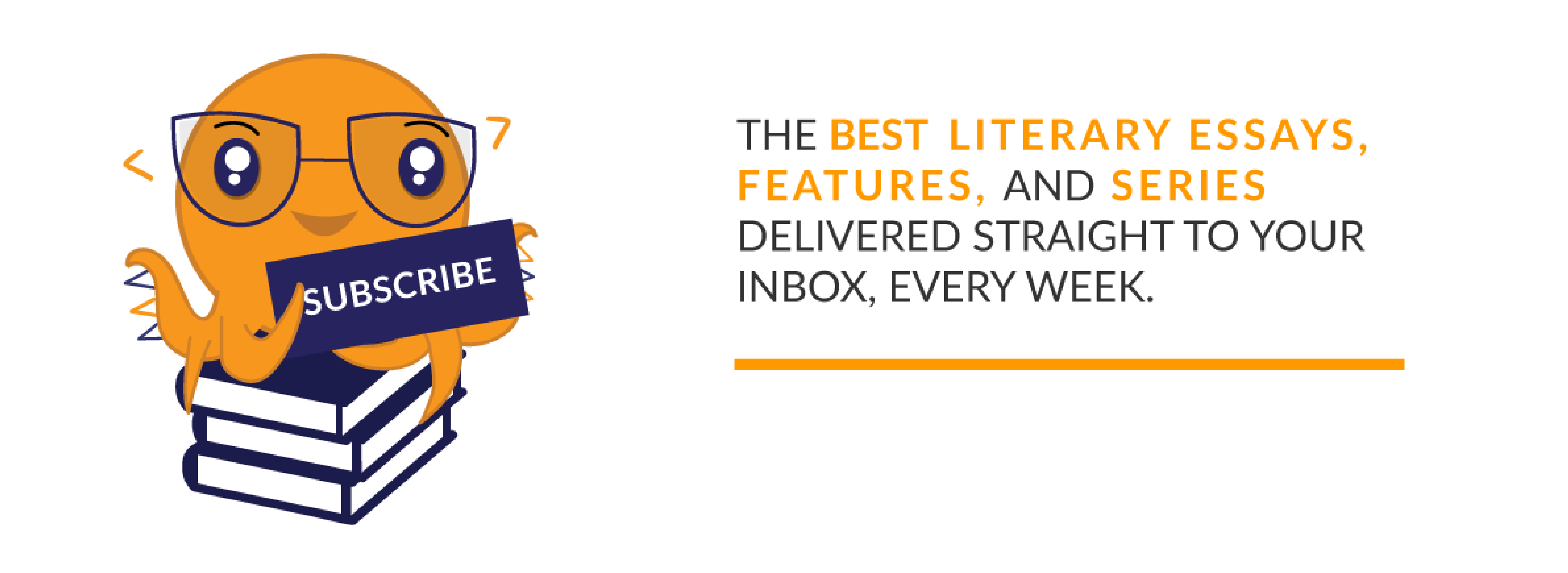
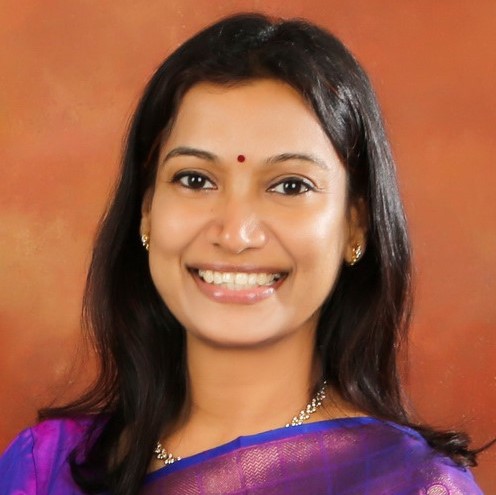
Ranjani Rao
Ranjani Rao is a scientist by training, writer by avocation, originally from Mumbai, and former resident of USA. She lives in Singapore with her family and is presently working on a memoir. She is co-founder of Story Artisan Press and her books are available on Amazon.
You can read her articles here.

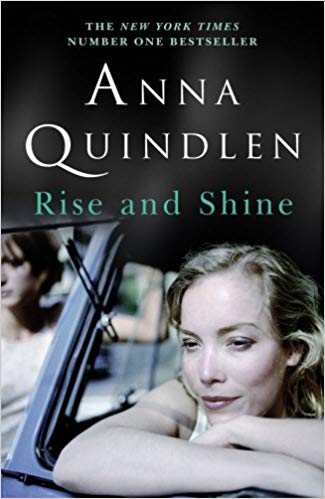
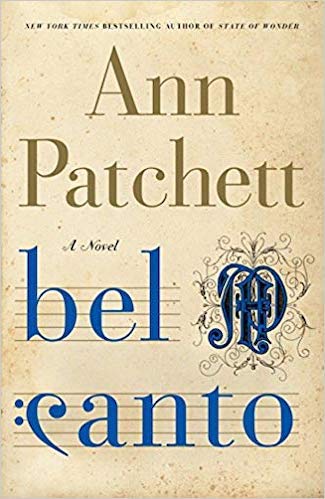
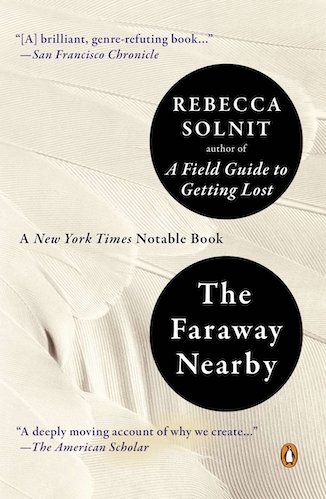
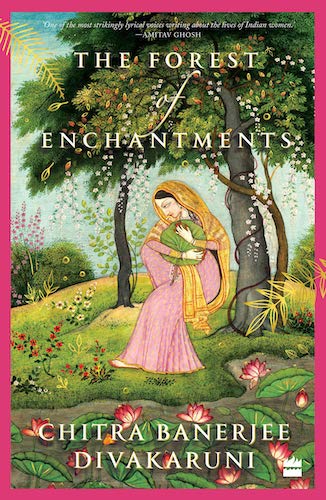
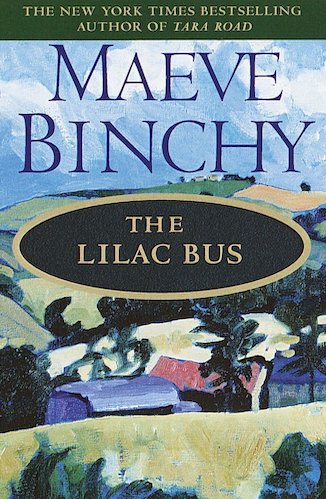
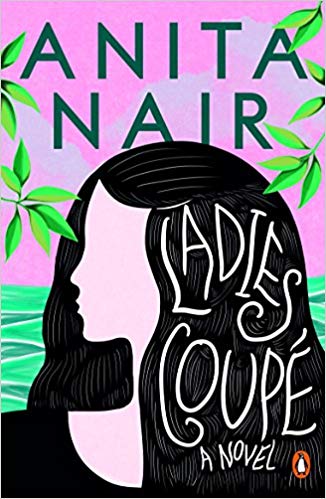

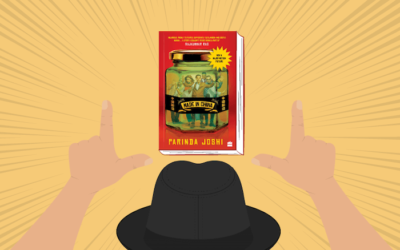
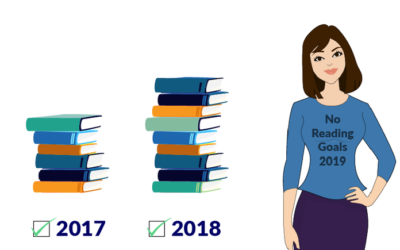
This essay is a refreshing read. It took me back to my childhood days when I would indulge in reading Enid Blyton and J.K. Rowling for hours. Thank you for sharing this beautiful piece of writing with us. Looking forward to binging your essays in this column, Ranjani 🙂
Thanks Surabhi. Glad you liked the essay. I need to read more so I can write more. Stay tuned!
While I cannot now afford the luxury of time that binge reading requires (the days of Blyton as well Maclean, Chase, Oliver Strange et al are over), I get how you feel. Amitav Ghosh briefly revived that feeling. You inspire me in fulfilling my desire to be a writer. Thank you